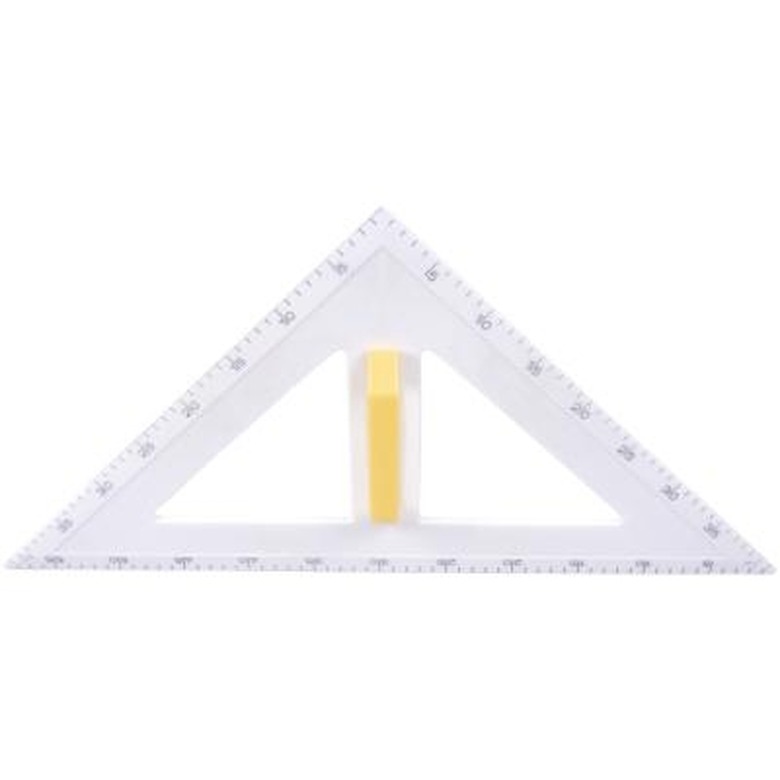Though the term “oblong” might seem strange, its shape is quite familiar. An oblong is just a particular type of rectangle, which is a parallelogram with 90-degree angles. Where a typical rectangle has no rules governing its dimensions of length and width, an oblong rectangle always has one greater than the other. This means that though a normal rectangle can have equal sides and be a square, an oblong rectangle cannot. Area calculation of an oblong follows the same formula as other rectangles, where area equals length times width.
Step 1
Obtain the rectangle’s width. For this example, let the width be 15.
Step 2
Obtain the rectangle’s length. For this example, let the length be 30.
Step 3
Multiply the rectangle’s measurements together. For this example, multiplication of 15 and 30 results in 450.

